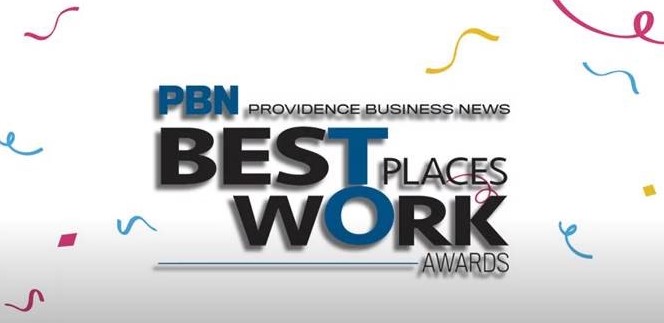As you hang up the phone, you immediately start planning the presentation you were just asked to give. You think about the material you need to pull together from all the different sources.
You scour the network looking for company background text that Corporate Communications approved for external use. You learn the product specs featured on slides 13 to 17 are out of date. The creative file-naming structure Marketing uses to catalog images you find to be less than intuitive. The market researcher that has data from last quarter’s customer satisfaction survey is out of the office…
In the world of content management, this is called unstructured content. People create materials for a single purpose such as a presentation, web page, report, user manual or collateral. Each piece of content originates and resides in different places throughout the organization.
As a result, content is duplicated. It’s often obsolete. It is difficult to find and nearly impossible to maintain. This time-consuming, expensive, and error-prone approach to content management can be frustrating at an individual level, but very costly at an organizational level.
Multiply your experience by the number of people in your organization. Imagine a product marketing team maintaining engineering specs for all of its products. Think about the amount of time HR spends keeping training materials current. Every department, from customer service to research and development, wrestles with unstructured content.
For these reasons, organizations are finding that structured content is a much more efficient and reliable way to generate, maintain and publish content. In a recent survey of 700 technical writers, 19% of companies plan to use a CCMS and 18% plan to use DITA, a popular XML data model used for authoring and publishing content.* According to DITAWriter, 60% of the top 10 semiconductor companies, 60% of the top 10 medical device companies, and 100% of the top 10 software companies are already using DITA.**
So, there must be something to this, right? There is. Below are the top five benefits that are driving the growth of structured content:
Reuse Content, Reduce Duplication
The biggest benefit of structured content is content reuse. Instead of creating, re-creating, copying and pasting content, authors create it once. Others in the organization can use and reuse the content. Centralizing content creation saves time and eliminates a tremendous amount of duplication within the organization.
Centralized Content is Easier to Maintain
Using a component content management system (CCMS) authors and subject matter experts generate content centrally, which makes it easier to maintain and keep current. Likewise, content accuracy and consistency is greatly improved. Tagging Content Streamlines Publishing Content is created in discrete “chunks” in a CCMS and tagged. Metadata tags greatly streamline publishing material in different formats, to different channels and on different devices.
Simplified Translations
Translating “chunks” of content is much more efficient than translating entire documents. Updating translations for individual content components saves a tremendous amount of time and money.
Search Made Simple
Finding a specific piece of content that’s in a document (text, table, graphic, etc.) it’s impossible to find. Tagging content gives it context and makes it much easier for users to find the material they need.
Generating and maintaining content in small, scattered pockets throughout an organization is disjointed, time-consuming, unreliable, and costly. In contrast, structured content is centralized and, by some estimates, can lower costs by 20% to 50%. Content, in independent chunks, is created, tagged, published and distributed efficiently to multiple channels and devices.
To learn more, please download the case study titled Structured Content and Topical Authoring Helps Medical Equipment Company Streamline Service, Support, and Training Materials on the Rite-Solutions site.






